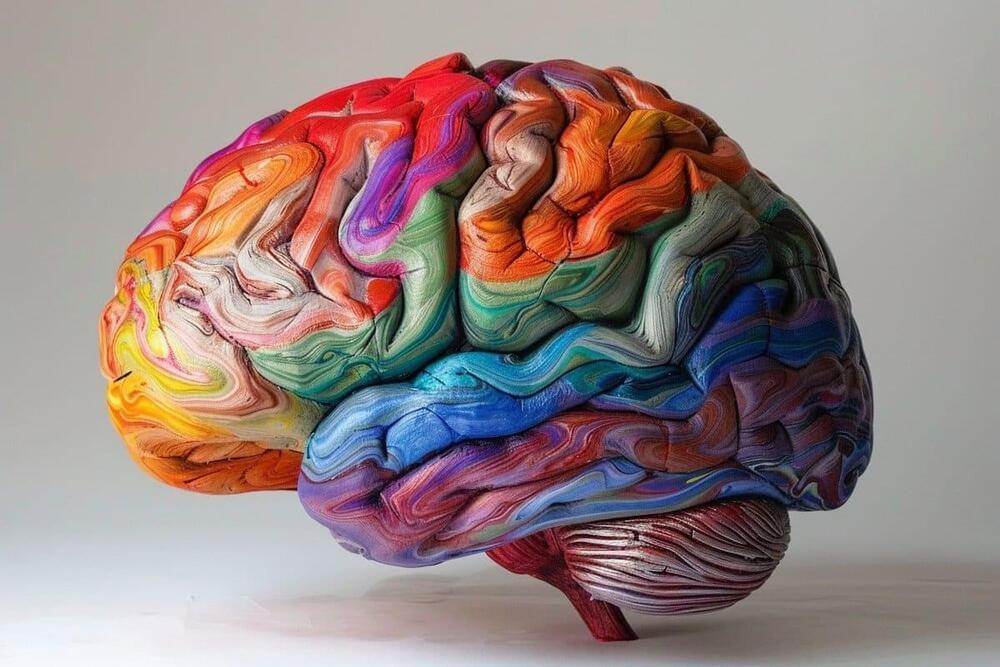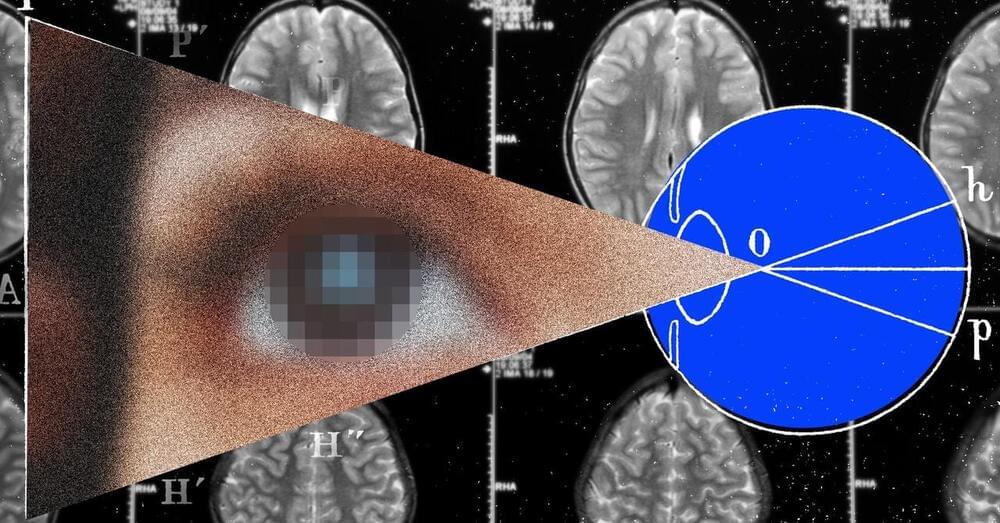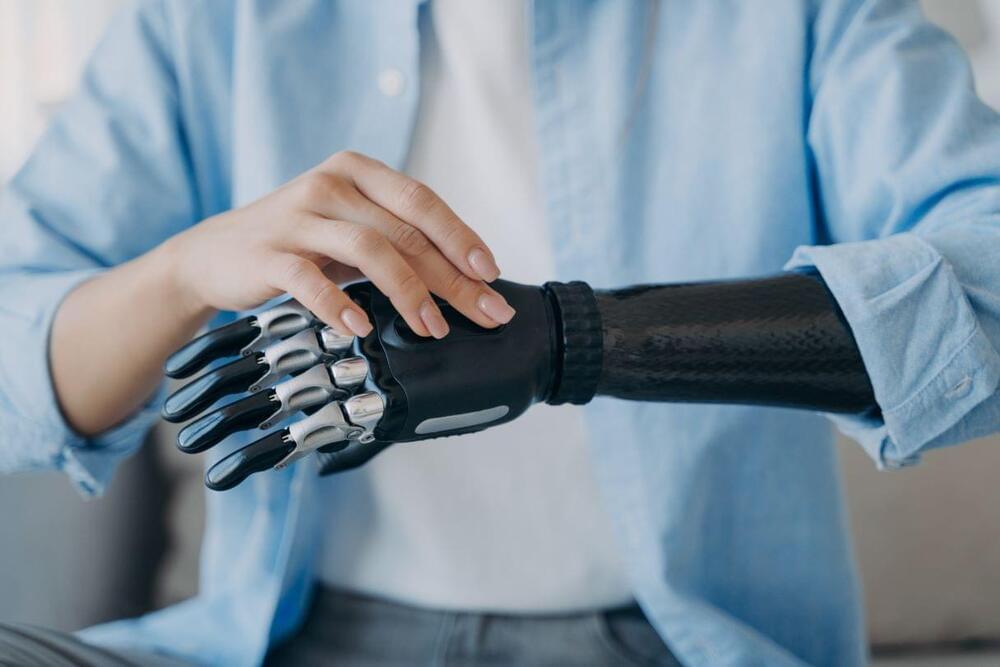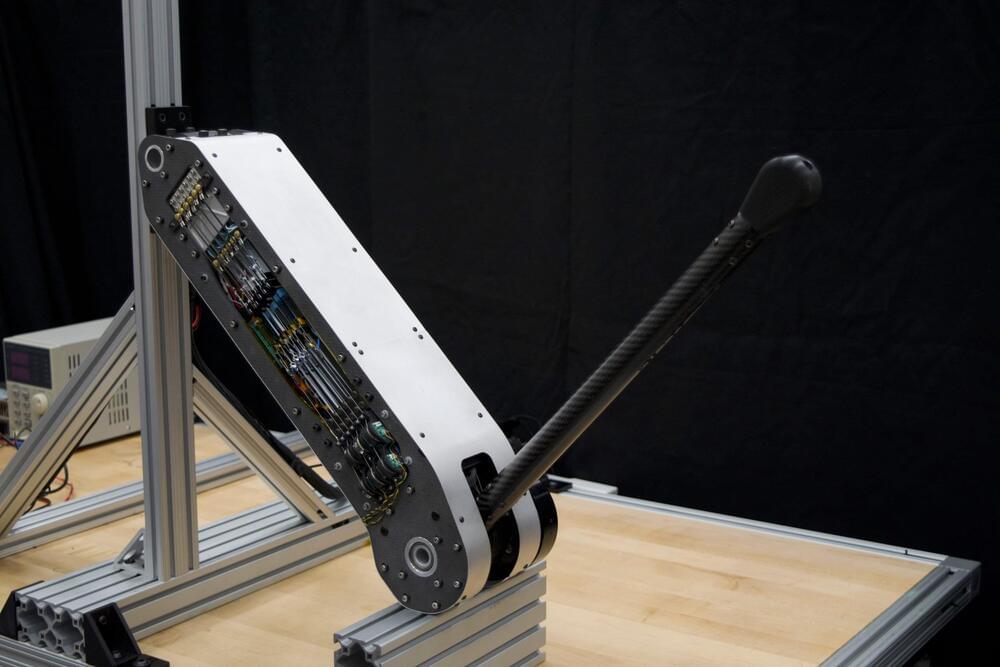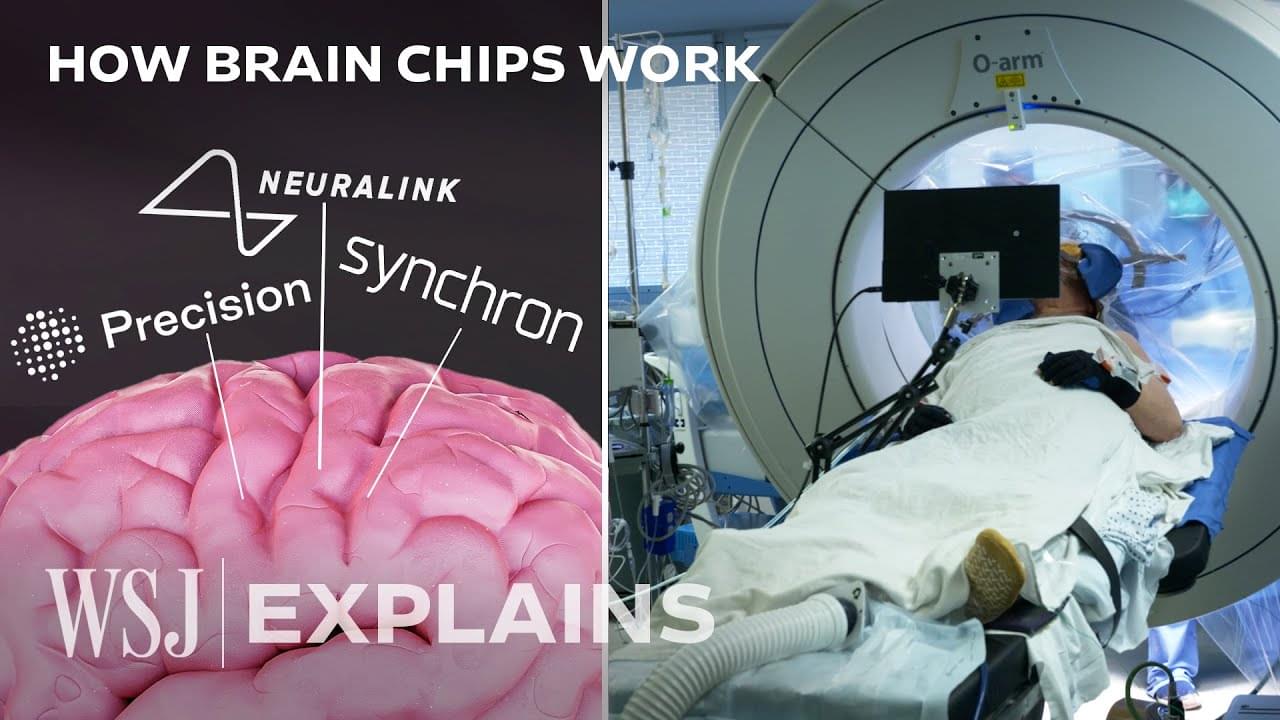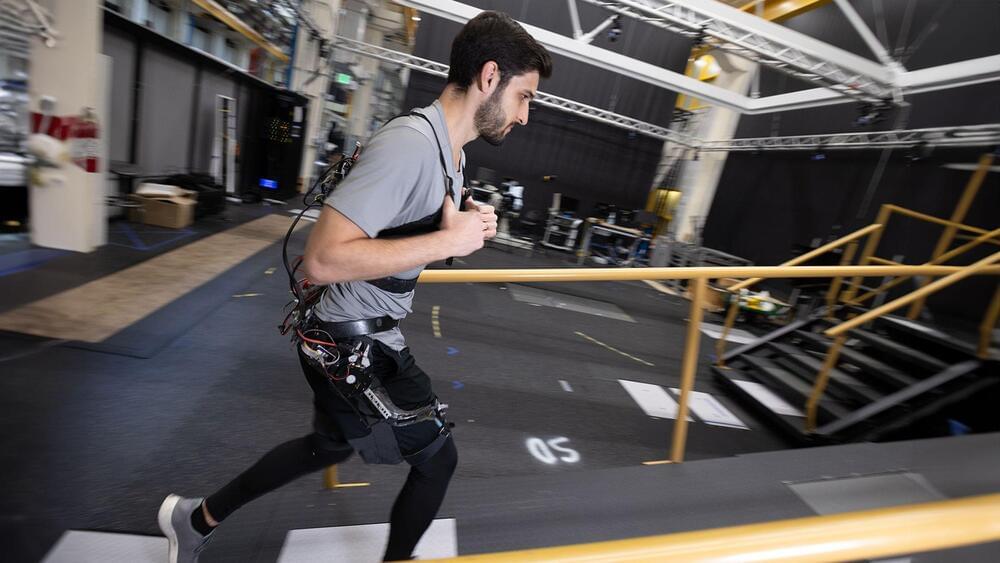A 20-second video from inside a Chinese humanoid robot factory is causing some consternation today around social media. It shows a range of highly realistic-looking, partially skinned humanoids under construction.
The video, uploaded by user ‘meimei4515,’ is uncredited, but shows several moving androids with human-like hair and skin – in stark contrast to most of the general-purpose humanoids we’d normally cover, which are designed to look like robots, rather than trying to fool anyone.
Here, there are rows of pretty cyborg-ladies, disembodied heads on stands, fully human-like presenter types wearing shirts and pants, and a surreal tree of humanoid arms, flexing and twirling their white-fingered hands in concert. It looks for all the world like a grittier version of Westworld’s backstage workshop.

